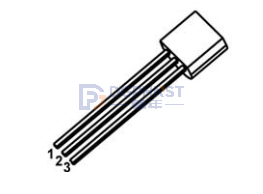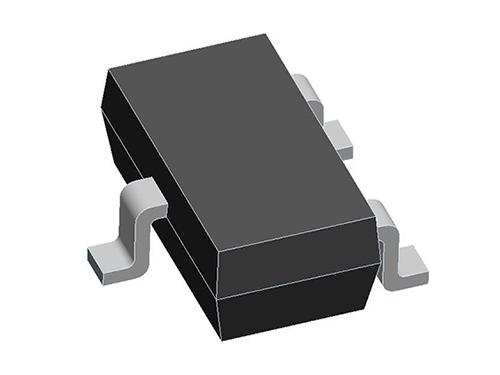Long electrode patch resistor is a special structure of patch resistor. By using side electrodes as solder pads, the contact area between the solder pads and the PCB is increased, resulting in better heat dissipation and high current. It has excellent stability and impact resistance during use.
Long electrode surface mount resistors are divided into metal foil long electrode surface mount resistors, also known as alloy resistors, and wide electrode surface mount resistors in later processes. Their main advantage is their strong impact resistance.
The long electrode resistors of thick film technology are mainly produced by Taiwan Tian'er, Taiwan Guangjie, and Japan KOA
The long electrode resistance of metal foil technology is mainly achieved by Walter Electronics, Qiankun, and SUSUMU in Japan

Compared to ordinary surface mount resistors, its electrodes (usually metal parts used for soldering connections to circuit boards, etc.) are relatively longer.
Long electrode patch resistors have the following characteristics and advantages:
characteristic:
Strong current carrying capacity: Longer electrodes can provide a larger current path, which can better meet the current requirements in some circuits that require a larger current to pass through, and is less likely to cause overheating and other problems due to excessive current.
Good heat dissipation performance: Longer electrodes help to dissipate heat better, especially in scenarios where high heat may be generated during operation, which can better control the operating temperature of the resistor and improve its stability and reliability.
High welding reliability: Long electrodes are relatively less prone to welding defects such as electrode detachment due to thermal stress and other factors during the welding process, providing a more stable electrical connection.
Application scenarios:
Commonly used in situations where high current carrying capacity and heat dissipation are required, or where the current in the circuit is high and the working environment is special (such as high temperature, etc.), such as power electronic circuits, power modules, automotive electronics, and other fields.



